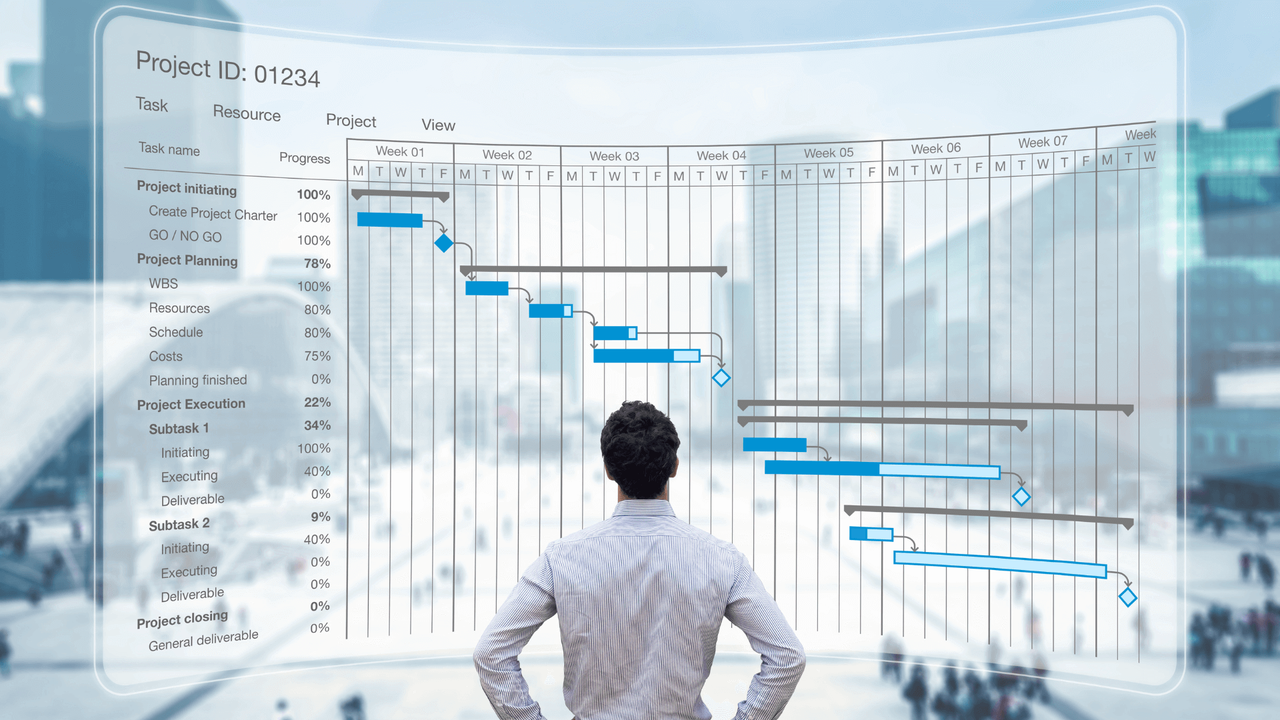Measuring progress is critical for any business that wants to achieve success. There are various different ways of tracking metrics, and it can be difficult to know where to begin. Two of the most popular methods for tracking business performance are Key Performance Indicators (KPIs) and milestones.
And here is where you might be wondering what the differences between the two actually are! KPIs and milestones typically serve similar functions but have distinct differences in achieving your goals. This blog post dives into the differences between a KPI and a milestone plus giving you the steps to implement both of these into your operations.
What are KPIs?
Key Performance Indicators (KPIs) are measurable results that show how the company effectively achieves its key business objectives. They help companies evaluate their performance against pre-defined goals and identify areas where they need to improve their processes and effectiveness.
KPIs differ depending on the industry, department and even company size. For example, while the CEO and senior management will prioritize financial metrics such as revenue, profit margins and return on investment (ROI), the customer service team will focus on KPIs such as customer satisfaction and retention rates.
KPIs are measured over time to track progress toward goals and identify potential risks and opportunities. For example, a company that establishes a KPI for customer satisfaction may use regular customer surveys to track progress toward that goal and then adjust its customer service processes based on the results to improve customer satisfaction.
In general, KPIs are an essential tool for businesses to assess their ongoing performance and make data-driven decisions that will aid in achieving their objectives.
What are milestones?
Milestones, on the other hand, are used to mark progress toward a specific goal or objective. Unlike KPIs, which measure ongoing progress, milestones represent major events that bring one step closer to achieving the goal.
Milestones can take many forms, depending on the business, industry, or project. For example, a company may have a milestone for reaching monthly sales targets, while a startup may have a milestone for gaining the first 10 customers.
Milestones are important for several reasons. Firstly, it provides a clear overview of progress toward a specific goal, which can help motivate and focus team members. Secondly, milestones serve as checkpoints for evaluating whether a project is on track and what changes need to be made. Finally, milestones can be used to celebrate achievements and reward your employees, motivating them to reach future milestones faster.
Overall, milestones are a critical component of any successful project or business. By setting clear, measurable milestones and tracking progress towards them, companies can stay focused, motivated, and on track toward achieving their goals.

What are the differences between KPIs and milestones?
Still stumped? In short, the principal difference is that KPIs are ongoing metrics used to measure performance. In contrast, milestones signify specific events or stages in a project’s progression. Here’s the breakdown in a bit more detail:
1. Different purpose
KPIs measure your ongoing performance, providing continuous information to help you assess your progress against your objectives. Milestones, however, track progress towards specific goals, offering a snapshot of your accomplishments at particular points in time
2. Different measurements
When evaluating KPIs vs. milestones, KPIs are often quantitative, enabling you to measure your performance over time. For example, KPIs can measure sales revenue, website traffic, or employee retention rates. Milestones, on the other hand, frequently lean towards the qualitative, representing significant achievements like launching a new product, securing a major partnership, or completing an important project.
3. Different outcomes
One of the key differences between a KPI and a milestone is that KPIs are typically used to inform decision-making, helping you to identify areas for improvement and make strategic adjustments. They provide a constant feedback loop to ensure you're on track to achieve your objectives. Milestones, however, are often used to celebrate achievements and acknowledge the hard work that led to those accomplishments.
In summary, KPIs and milestones work hand-in-hand, and both are valuable tools for ensuring that you are on track.
Build your first dashboard.
Start your 14-day free trial today

How do KPIs and milestones work together?
So, we’ve just told you that they accompany each other, but how do you go about implementing this into your strategy? Here are three ways how:
1. KPIs inform milestones
By monitoring your KPIs, you can identify trends and patterns that can help you set realistic milestones. For example, if your KPI shows that your sales revenue is steadily increasing, you might set a milestone to reach a specific revenue target by the end of the next quarter.
2. Milestones contribute to KPI achievement
Milestones break down your larger goals into smaller, manageable steps, which can make it easier to achieve your KPIs. For example, if one of your KPIs is to improve customer satisfaction ratings, you might set milestones for implementing customer feedback, refining your product offering, and providing better customer support.
3. KPIs help you track milestones' progress
By measuring the impact of your milestones on your KPIs, you can determine whether your efforts are effective or if adjustments are needed. For instance, if you've reached a milestone related to customer support improvements but your customer satisfaction ratings remain stagnant, you may need to revisit your approach.
Track your business progress with Plecto!
It is clear that there are differences and similarities between KPIs and milestones. They can operate independently, but together they can create a powerful combo that enables you to optimize your business operations.
Plecto is the perfect platform for tracking your KPIs and milestones. With Plecto, you can centralize your key KPIs onto one easy-to-understand, real-time dashboard, and mark any milestones with instant notifications.
Grab yourself a 14-day free trial and take your KPIs and milestones to the next level!




